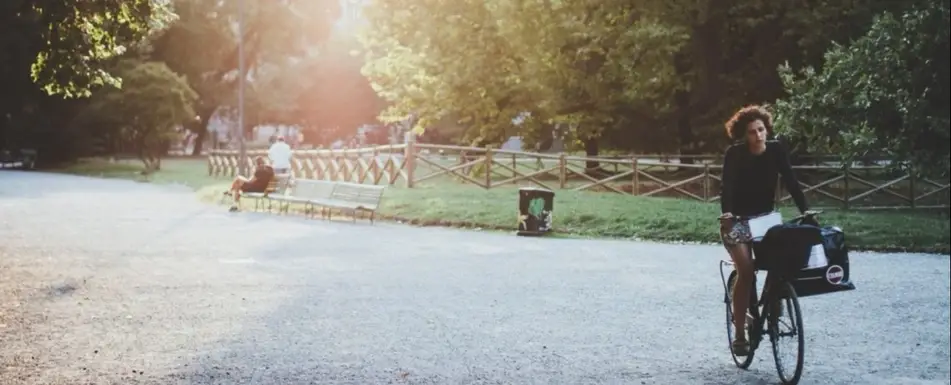5 Ways to Go Green in Your Job Search

Even if you’re not looking exclusively for a green job, you can still go green in your job search by taking steps to reduce your carbon footprint.
Your carbon footprint is a measure of the greenhouse gases emitted by your daily activities, such as turning on the lights, driving, and disposing of the food you eat. Greenhouse gas emissions are the primary driver of climate change, so if you reduce your carbon footprint, even by just a small amount, you can help reduce the collective human impact on the environment.
Here are five opportunities that you can take throughout your job search to reduce your carbon footprint.
Be mindful about printing your resume
Although most job applications are submitted online, it’s a good idea to have a few hard copies ready for informational interviews, job interviews, and in other settings as needed. But don’t print more than you need! And when you do print your resume, use recycled paper. Recycled paper production uses less wastewater and less energy, and emits fewer greenhouse gases.
When you’re finished with your resume, start the cycle over again by putting it in the recycling bin instead of the trash. That way, you’ll reduce the unnecessary waste going into landfills, which can reduce the amount of methane (a greenhouse gas) entering the atmosphere.
Take sustainable means of transportation to the interview
According to the Union of Concerned Scientists, cars and trucks account for almost 20% of U.S. greenhouse gas emissions. Some of that comes from the production and delivery of fuel, but the vast majority comes from vehicle use.
Depending on where you live, getting to an interview without a car may be easier said than done. But if the option is available to you, consider taking public transportation or even better, walking or biking.
If you’re choosing one of these options on a warm day, you may want to travel sans suit jacket and put on the jacket once you’re inside, or travel in one outfit and change into your interview clothes in a public restroom. Remember to allow extra time for these outfit changes.
If driving is your only option, don’t feel bad! You can offset the environmental damage from driving by choosing alternate means of transportation at other times, such as walking to the grocery store or going on a run or a hike instead of driving to the gym.
Bring a reusable water bottle
The first question an interviewer is likely to ask has nothing to do with the job: “Would you like a glass of water?”
It’s a nice gesture, and a practical one, since you’ll do most of the talking in the interview. But it can lead to unnecessary waste if they bring you water in a disposable cup. Bringing your own reusable water bottle avoids all that.
To double your impact, you can buy a bottle made of eco-friendly materials, such as recycled aluminum, or buy a bottle from a company that donates a portion of its profits to environmental issues.
Ask about the organization’s environmental practices
The final question an interviewer is likely to ask—"What questions do you have for me?”—presents another opportunity to go green in your job search. This is a chance to learn more about the organization’s culture, which can include learning about which environmental practices they value.
Questions might include:
- Sustainability and conservation are important to me. Do you offer your staff any opportunities to practice those values on a daily basis?
- In what ways does your organization seek to reduce its carbon footprint?
These questions work well because they yield detailed answers without being too specific. For example, “Do you have recycling bins in the office?” is too specific; that’s a simple yes or no question and doesn’t tell you much about the organization’s overall attitude toward the environment.
How much time you spend asking these questions about environmental practices depends on what else you want to learn from the interview. If you don’t get a chance to ask these questions in the interview, you can ask them in a follow-up note or when you receive an offer.
Thank your interviewers via email instead of sending a handwritten note
A thank-you email is both environmentally-friendly and oftentimes more practical than a handwritten note. An email will get to your interviewer more quickly, and it fits in with the rest of your communication about the job, which is likely to happen over email, too.
Send the email on the same day as your interview (after business hours is fine), and tailor your note with details from the conversation. For more tips on writing a post-interview thank-you email, check out our Template Toolbox.
Did you enjoy this post? There's plenty more where this came from! Subscribe here for updates.
As a nonprofit advocacy professional living in Washington, D.C., Deborah works with groups across the country to educate their communities and lawmakers about public policies that can help low-income residents make ends meet. She is passionate about helping people connect their interests to a cause they believe in and empowering them to take action.


